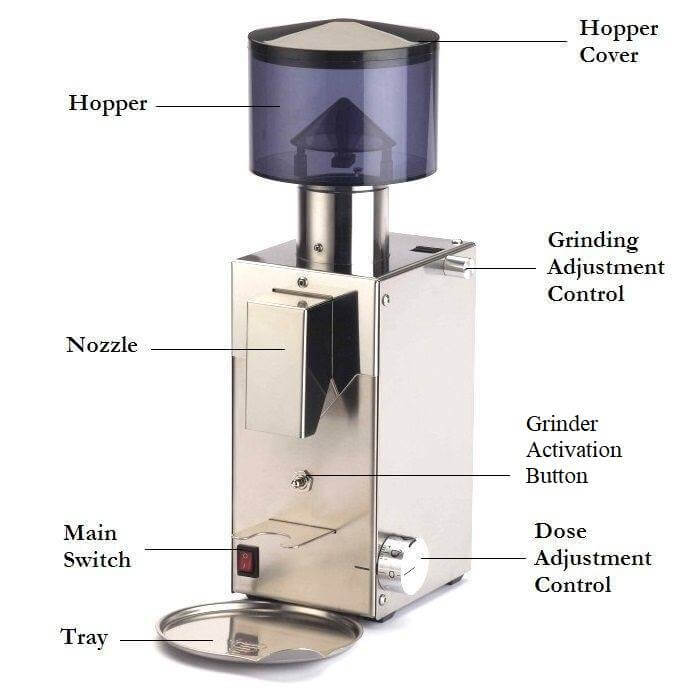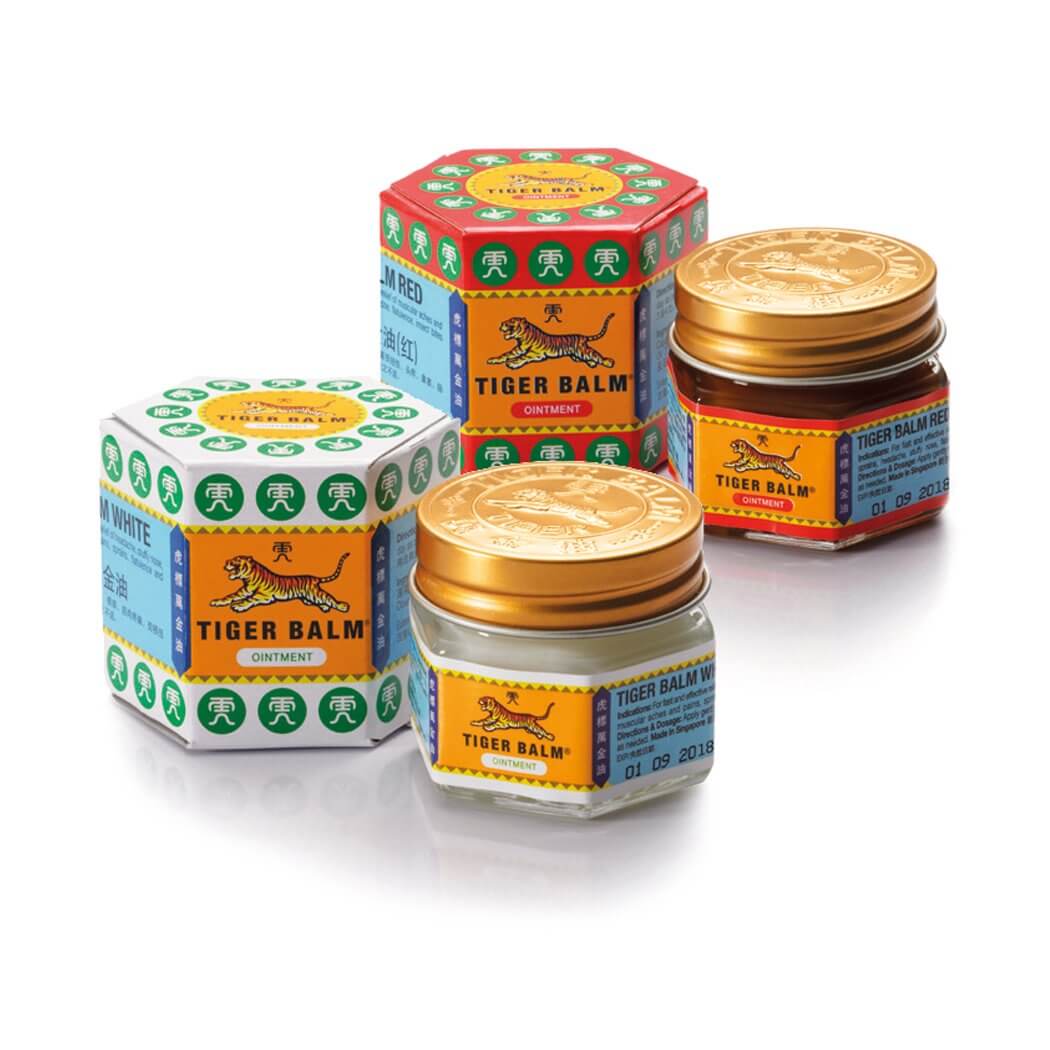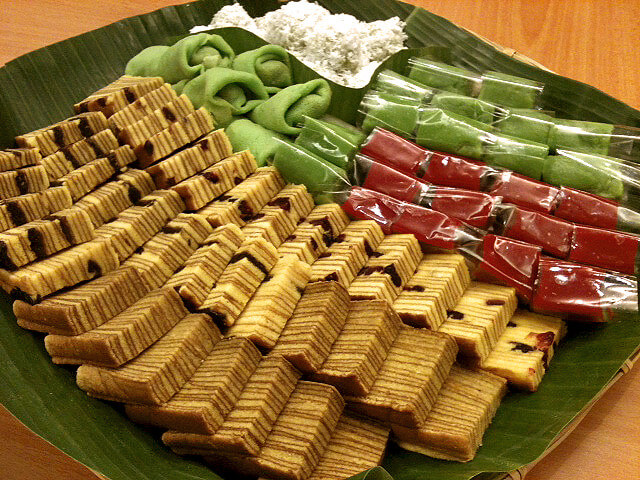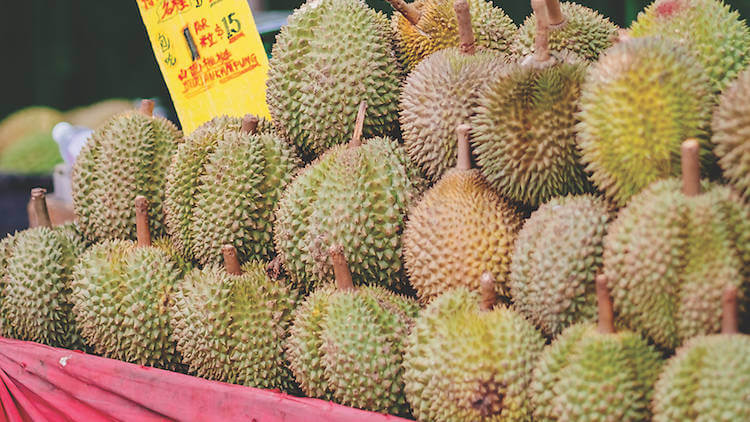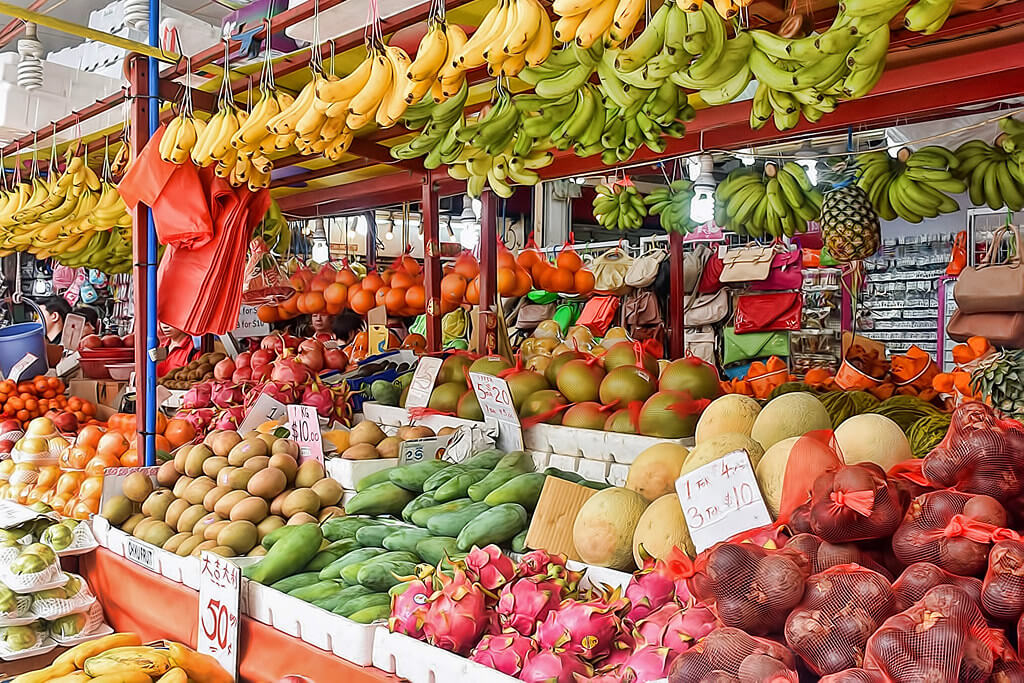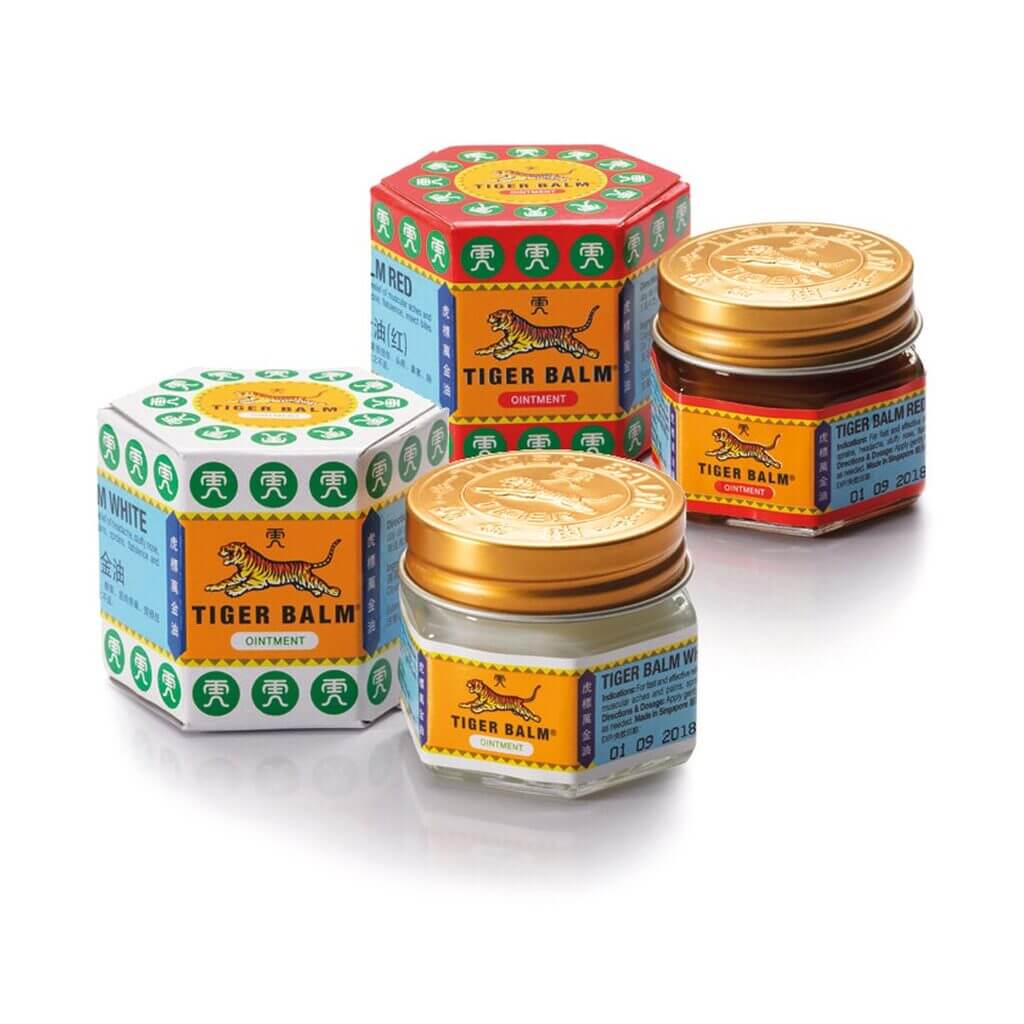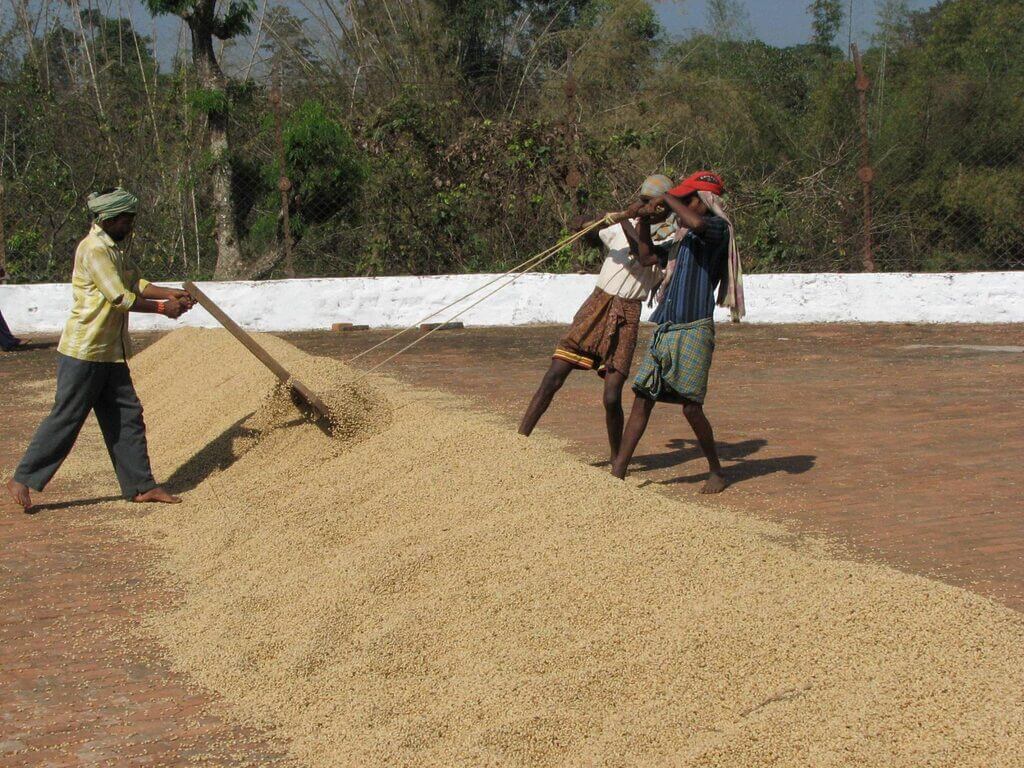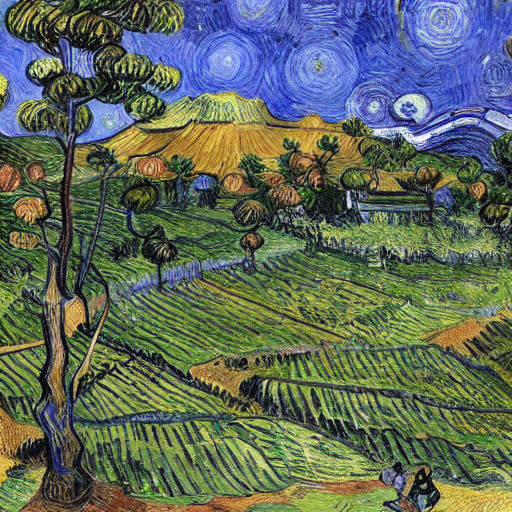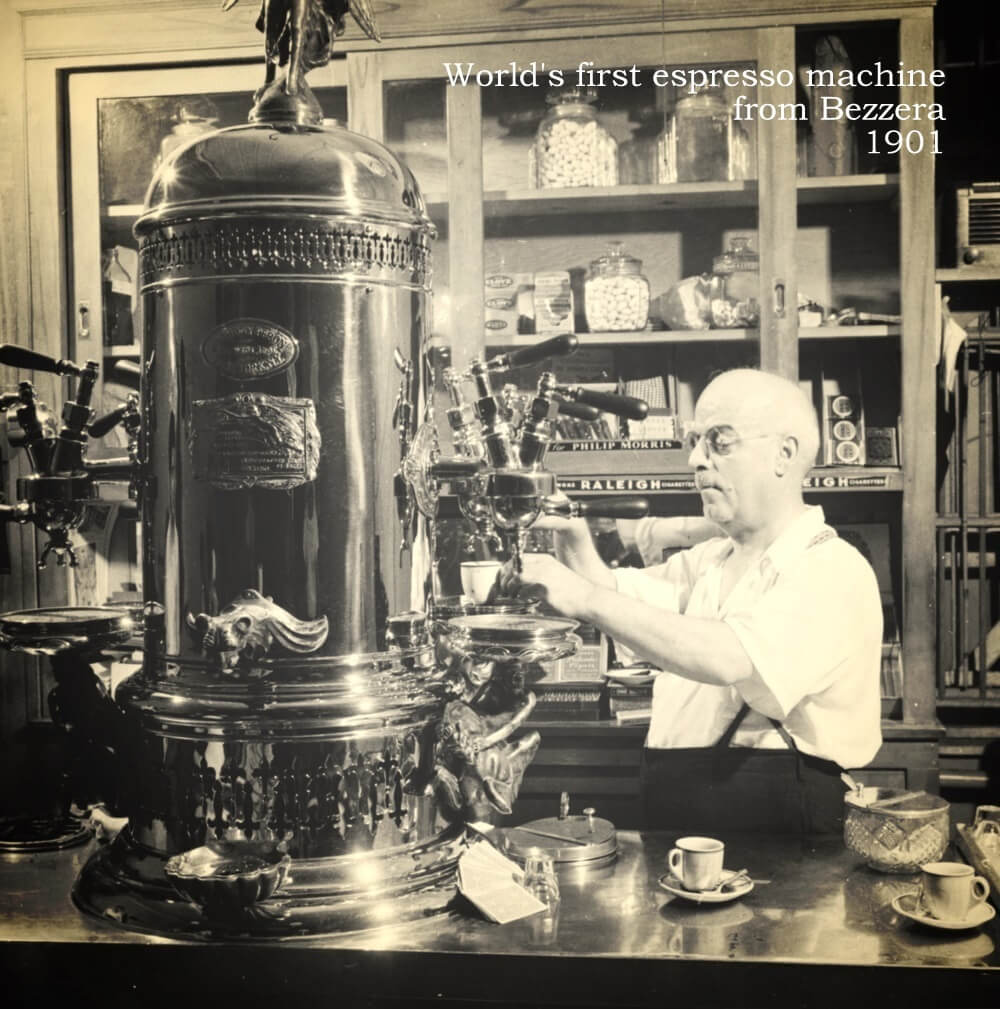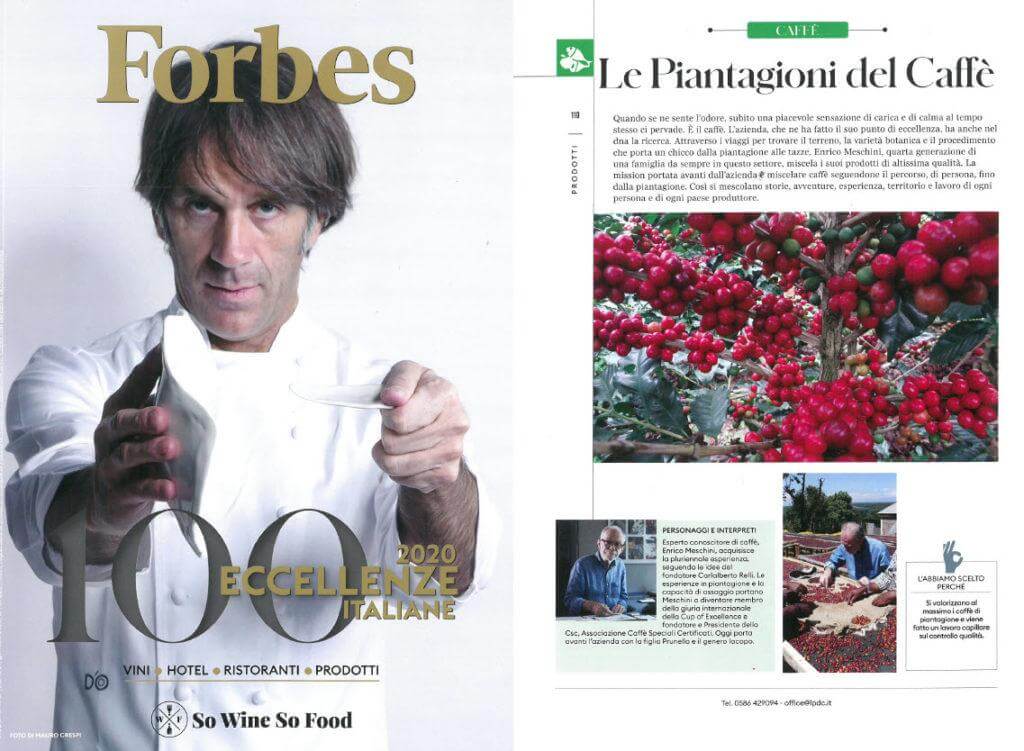
In the bustling corporate landscape of Singapore, a quiet revolution is brewing—literally. Premium coffee beans from Italy, particularly Le Piantagioni which was recognized by Forbes as among the top 100 excellent products, are changing how businesses approach workplace refreshments. No longer is office coffee merely a caffeine delivery system; it has evolved into a statement of quality, culture, and employee appreciation. As Singapore’s largest coffee beans wholesaler for offices, restaurants, and homes, Fine Coffee Company has been at the forefront of this transformation, bringing Forbes-recognized Italian coffee beans to discerning businesses across the island.
The Evolution of Office Coffee Culture in Singapore
The traditional office pantry with its jar of instant coffee has become a relic of the past. Today’s forward-thinking Singapore businesses recognize that quality coffee is more than just a perk—it’s an investment in workplace culture and employee satisfaction.
Research shows that high-quality coffee in the workplace can boost productivity by up to 13% while creating natural opportunities for collaboration and team building. With Singapore’s specialty coffee sector projected to grow at an impressive 15.3% annual rate until 2030, businesses are increasingly viewing premium coffee as an essential component of their workplace environment rather than an optional luxury.
“The coffee we serve speaks volumes about our company culture,” explains Sarah Tan, HR Director at a leading Singapore financial services firm. “When we switched to premium Italian coffee beans for our office, we immediately noticed more employees gathering in our break areas, having impromptu discussions, and expressing appreciation for the quality.”
What Makes Forbes-Recognized Coffee Beans Special?
Not all coffee beans are created equal, and the distinction becomes immediately apparent when comparing ordinary beans with those recognized by Forbes Italy as among the top 100 excellent products. Le Piantagioni del Caffè, exclusively available through Fine Coffee Company in Singapore, earned this prestigious recognition not through paid advertising but through Forbes’ rigorous selection process.
The Heritage of Excellence
Le Piantagioni’s approach to coffee production dates back to the 1990s when they pioneered the concept of fully traceable coffee—a revolutionary idea at the time. This commitment to traceability ensures consistent quality from every crop and every harvest.
The company’s dedication to excellence extends to their direct relationships with producers, allowing them to maintain precise quality standards from farm to cup. After carefully selecting green coffee beans from origin countries, they transport them to their roastery in Livorno, Tuscany, where the magic truly happens.
The Post-Roasting Method
What truly sets these Forbes-recognized coffee beans apart is Le Piantagioni’s “post-roasting” method. Unlike conventional approaches where beans are blended before roasting, they roast each variety separately to achieve its optimal expression before creating the final blend.
This meticulous process allows for thousands of possible combinations, all while maintaining complete traceability. Each coffee undergoes daily cupping to ensure it meets the company’s exacting standards for quality, consistency, and organoleptic profile.
How Premium Italian Coffee Beans Are Transforming Singapore Offices
The introduction of Forbes-recognized Italian coffee beans into Singapore’s office environments has catalyzed several positive changes in workplace dynamics and culture.
Elevated Employee Experience
In today’s competitive talent market, businesses are constantly seeking ways to enhance the employee experience. Premium office coffee beans from Italy serve as a daily reminder that the company values quality and employee wellbeing.
“When employees see that we’re willing to invest in the best coffee beans for the office, it communicates that we care about their experience,” notes James Lim, Office Manager at a Singapore tech startup. “It’s a small touch that makes a big difference in how people feel about coming to work.”
Creating Connection Points
Quality coffee creates natural gathering points within the office, fostering spontaneous collaboration and relationship building. When employees genuinely enjoy the coffee provided, they’re more likely to take breaks together and engage in the kind of informal conversations that build team cohesion.
Impressing Clients and Visitors
First impressions matter in business, and offering visitors a cup of premium Italian coffee can set the tone for productive meetings and partnerships. Many Singapore businesses report that serving Forbes-recognized coffee beans to clients creates a talking point and demonstrates attention to detail.
The Business Case for Premium Office Coffee Beans
Beyond the cultural benefits, there’s a compelling business case for investing in premium coffee beans for Singapore offices.
Productivity and Focus
The caffeine in coffee is well-known for its ability to enhance alertness and concentration. However, premium coffee beans offer a more balanced, sustained energy boost compared to lower-quality alternatives, helping employees maintain focus throughout the day without the crash often associated with poor-quality coffee.
Reduced Downtime
When employees have access to excellent coffee in the office, they’re less likely to leave the premises for coffee runs. This translates to more time spent working and collaborating, with fewer interruptions to the workday.
Retention and Attraction
In exit interviews, employees rarely cite “poor office coffee” as their reason for leaving. However, quality workplace amenities contribute to the overall employee experience, which is a significant factor in retention. Similarly, when potential hires tour the office, premium coffee stations signal a company that cares about employee wellbeing.
Selecting the Right Premium Coffee Beans for Your Singapore Office
For businesses looking to elevate their office coffee experience with Forbes-recognized Italian beans, several factors should guide the selection process.
Understanding Your Office Coffee Consumption
Different office environments have different coffee needs. Consider:
- Volume requirements: How many employees will be consuming coffee daily?
- Preference diversity: Do your employees prefer espresso, filter coffee, or a variety of options?
- Equipment available: What brewing methods are available in your office?
Flavor Profiles for Office Environments
While personal coffee preferences vary widely, certain flavor profiles tend to work well in office settings:
- Medium roasts with balanced acidity and body often appeal to the broadest range of palates
- Blends designed for espresso machines that produce consistent crema and stand up well to milk
- Low-acidity options that are gentle on the stomach, especially for all-day coffee drinkers
Bulk Ordering and Freshness Considerations
One concern when ordering premium coffee beans in bulk for offices is maintaining freshness. This is where Fine Coffee Company’s nitrogen-flushed packaging provides a significant advantage, preserving the beans’ quality for 12-18 months—far longer than conventional packaging allows.
Implementing a Premium Coffee Program in Your Singapore Office
Introducing Forbes-recognized Italian coffee beans to your office requires more than just placing an order. A thoughtful implementation strategy ensures you maximize the return on your investment.
Coffee Station Design
Create an inviting coffee area that encourages employees to gather and enjoy their premium coffee experience. Consider:
- Adequate space for preparation and conversation
- Clear instructions for brewing methods
- Information about the coffee’s origin and Forbes recognition
- Proper equipment that does justice to the quality of the beans
Employee Education
A brief introduction to the new premium coffee can enhance appreciation and proper preparation:
- Host a coffee tasting session with information about the Forbes-recognized beans
- Provide simple brewing guidelines for optimal results
- Share the story behind Le Piantagioni and its recognition by Forbes Italy
Sustainable Supply Chain
Establish a reliable ordering system to ensure your office never runs out of premium coffee:
- Set up a regular bulk delivery schedule based on consumption patterns
- Consider a coffee subscription service for consistent supply
- Designate a point person to monitor inventory and place orders
The Future of Office Coffee in Singapore
As Singapore’s office culture continues to evolve, premium coffee is becoming increasingly central to workplace experience design. Forward-thinking businesses are already exploring advanced coffee programs that might include:
- Rotating selections of specialty beans to create excitement and variety
- Coffee appreciation sessions as team-building activities
- Customized blends created specifically for their organization
The trend toward premium office coffee beans shows no signs of slowing, with the Singapore coffee market projected to grow at a CAGR of 4.00% between 2025 and 2034.
Conclusion: A Worthwhile Investment in Workplace Culture
Forbes-recognized Italian coffee beans represent more than just a premium refreshment option—they’re an investment in workplace culture, employee satisfaction, and business reputation. As Singapore’s offices continue to evolve into more experience-focused environments, the quality of coffee served becomes an increasingly important consideration.
Fine Coffee Company, as Singapore’s largest coffee beans wholesaler for offices, provides businesses with access to these prestigious Italian beans, along with the expertise needed to implement successful office coffee programs. With proper selection, implementation, and ongoing management, premium Italian coffee can transform ordinary office refreshments into an experience worthy of Forbes recognition.
FAQs About Premium Office Coffee Beans in Singapore
How much more expensive are Forbes-recognized coffee beans compared to regular office coffee?
While premium Italian coffee beans do represent a higher initial investment than commodity coffee, the per-cup cost difference is often smaller than expected—typically between $0.30-$0.50 more per cup. When considering the benefits to workplace culture and employee satisfaction, many Singapore businesses find this a worthwhile investment.
How can I ensure coffee beans stay fresh when ordering in bulk for an office?
Fine Coffee Company’s nitrogen-flushed packaging technology preserves coffee freshness for 12-18 months, making it ideal for office bulk orders. This specialized packaging keeps the beans in a pressurized environment that prevents oxidation and maintains flavor profiles.
What brewing equipment works best with premium Italian coffee beans?
While these beans can be prepared using various methods, they truly shine when brewed with quality equipment. For offices, commercial-grade bean-to-cup machines or traditional espresso machines often provide the best results, though quality drip brewers can also produce excellent coffee.
Can premium coffee beans really impact workplace productivity?
Research suggests that quality coffee can indeed boost workplace productivity—not only through caffeine’s cognitive benefits but also by creating opportunities for collaboration and demonstrating employer investment in employee wellbeing.
How do I know which coffee beans will appeal to diverse employee preferences?
Consider starting with versatile medium-roast blends that offer balanced flavor profiles. Fine Coffee Company can provide guidance on selecting beans that work well in office environments and appeal to a broad range of palates.
Is there a minimum order quantity for premium Italian coffee beans for offices?
Fine Coffee Company offers flexible ordering options for businesses of all sizes, including bulk packages specifically designed for office environments. Consultation services are available to determine the optimal order size based on your specific office consumption patterns.
